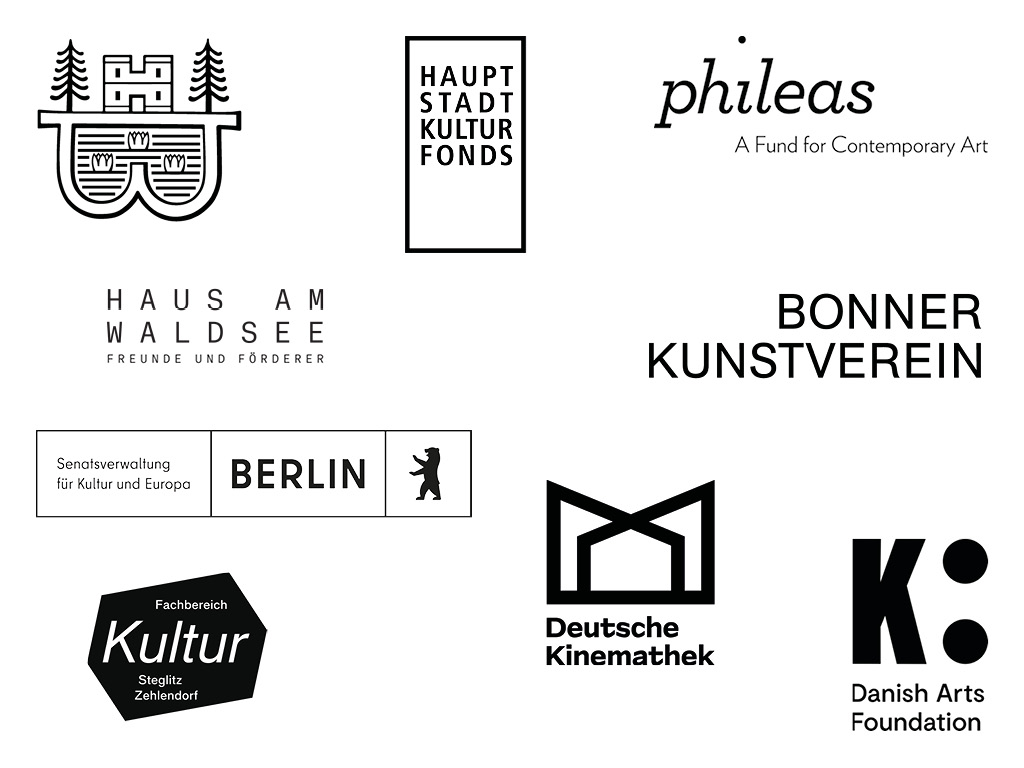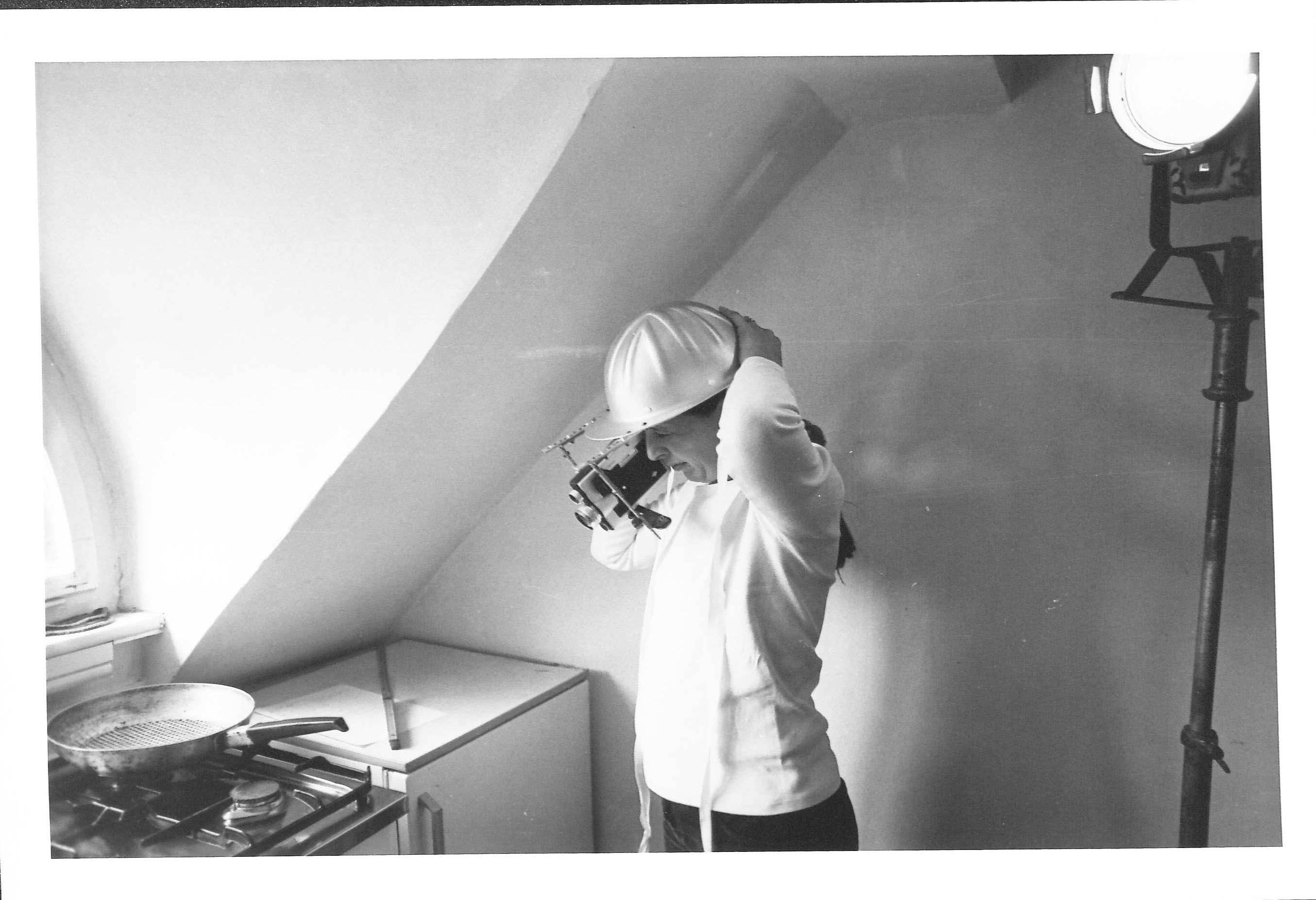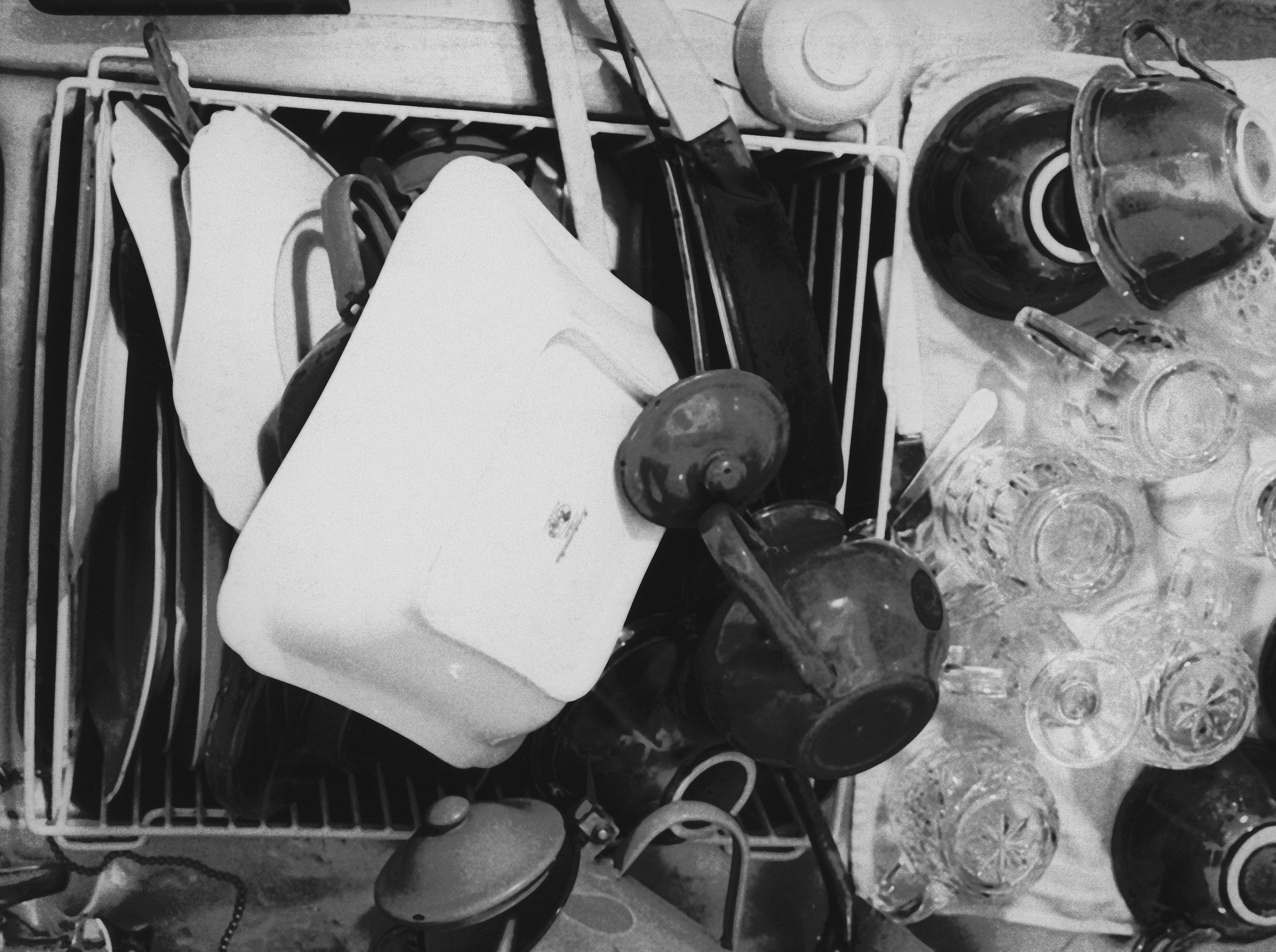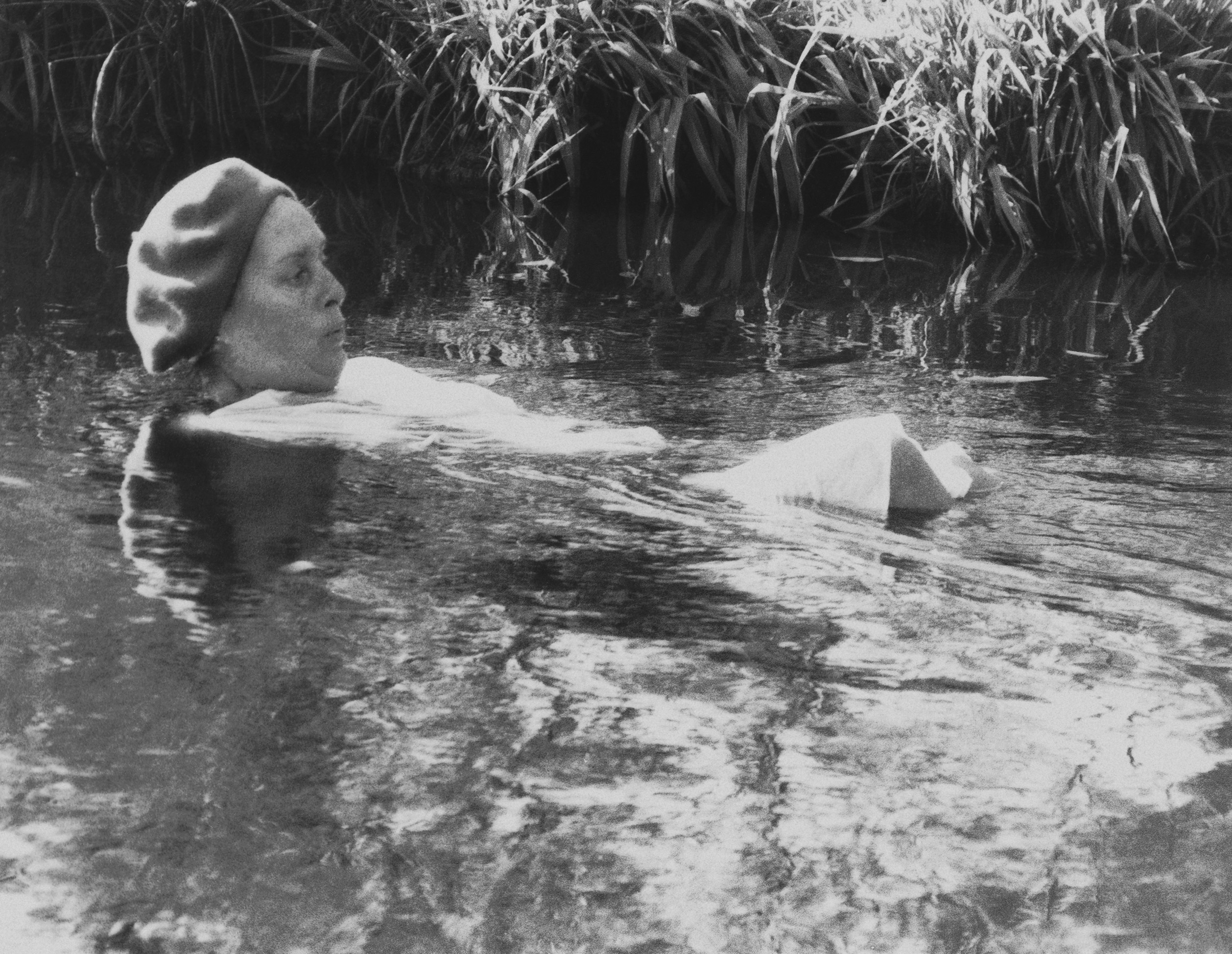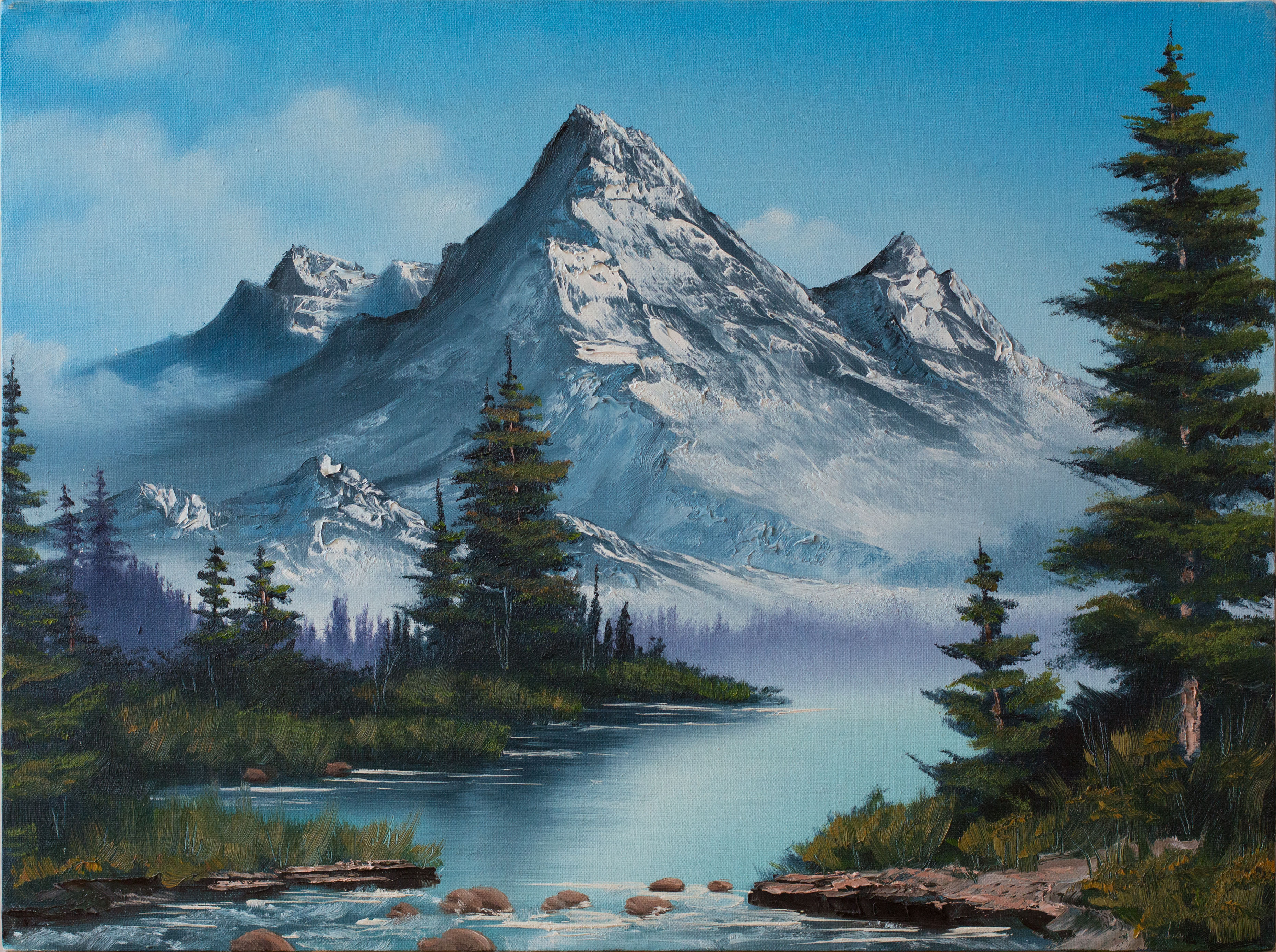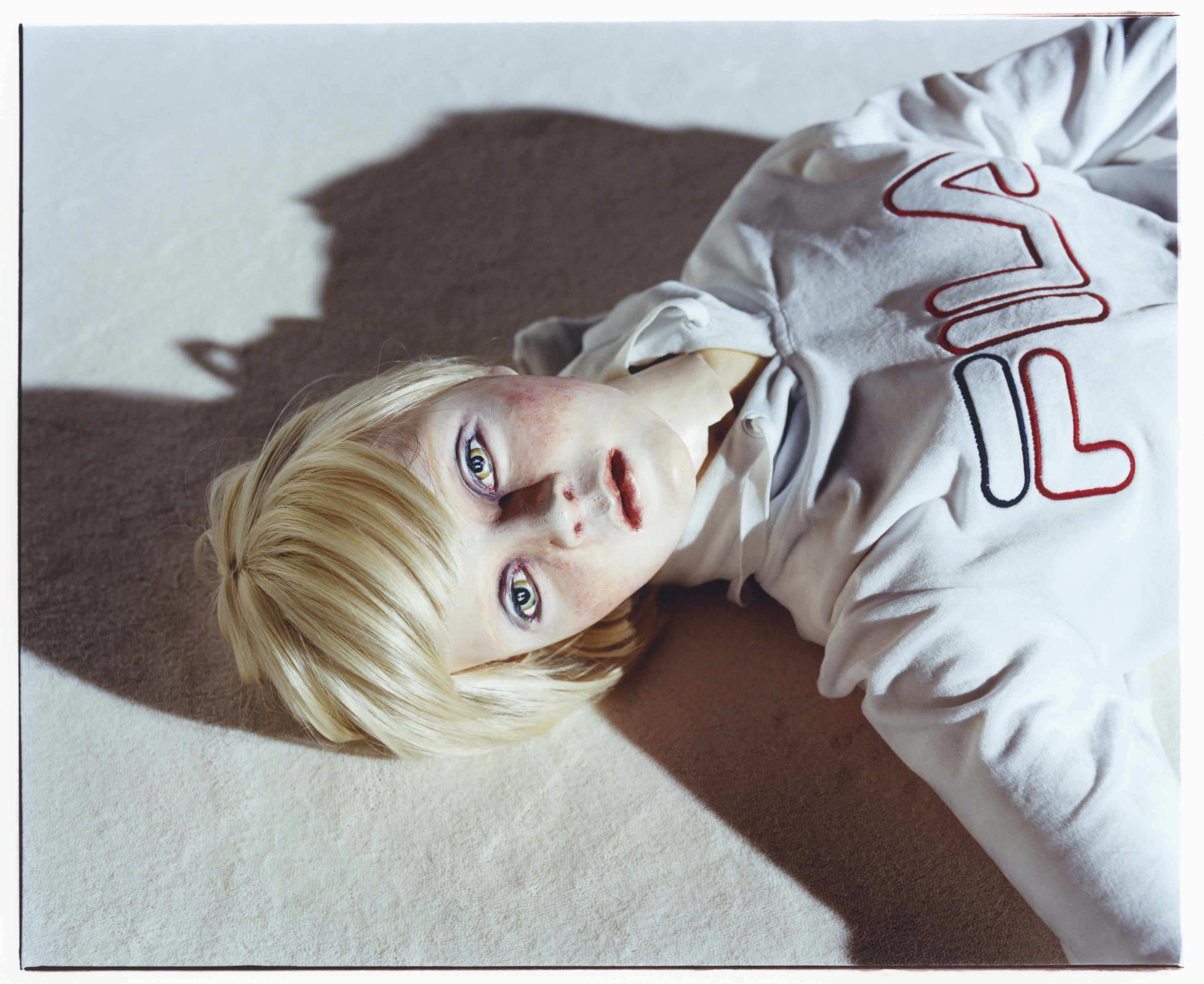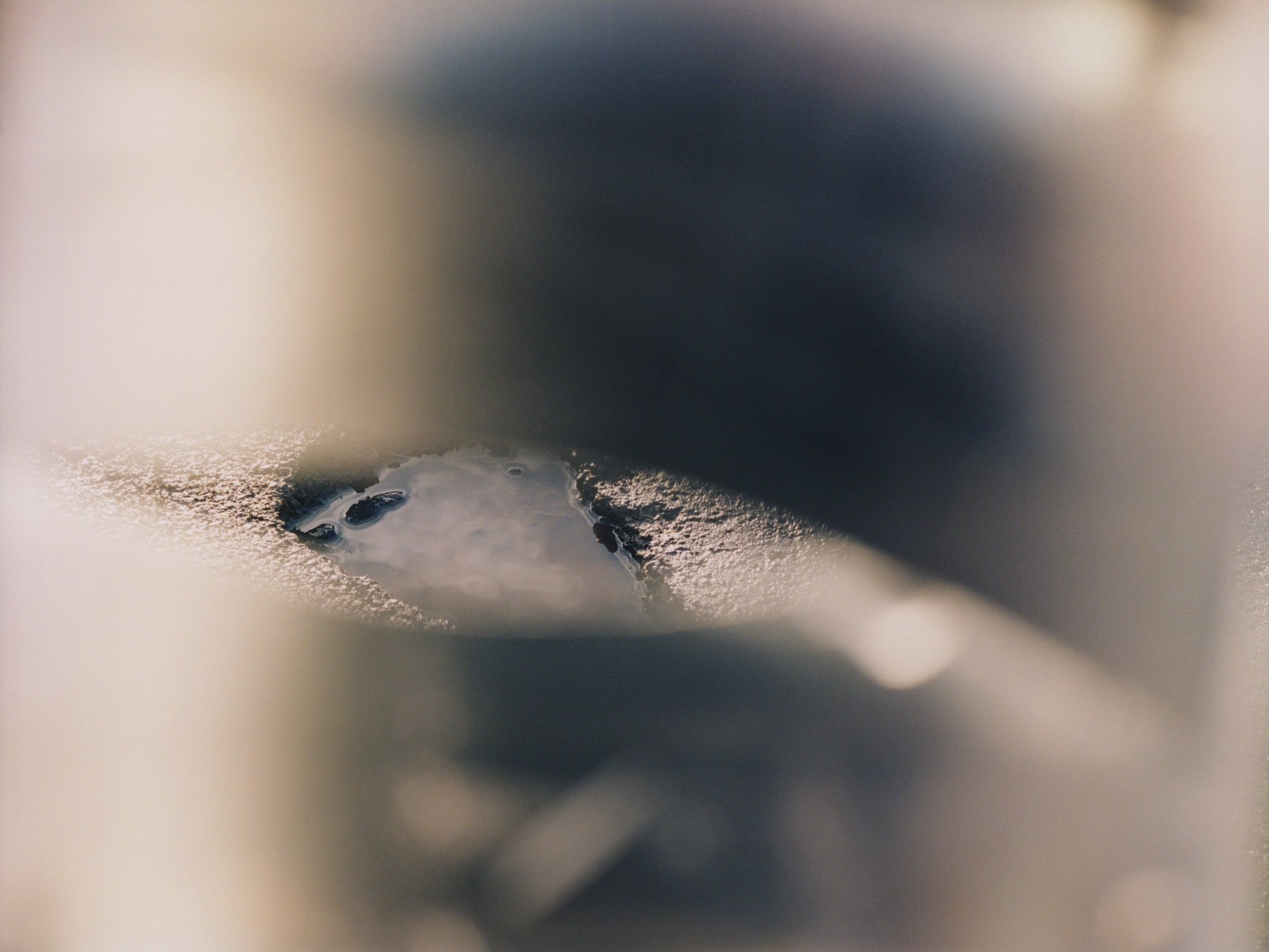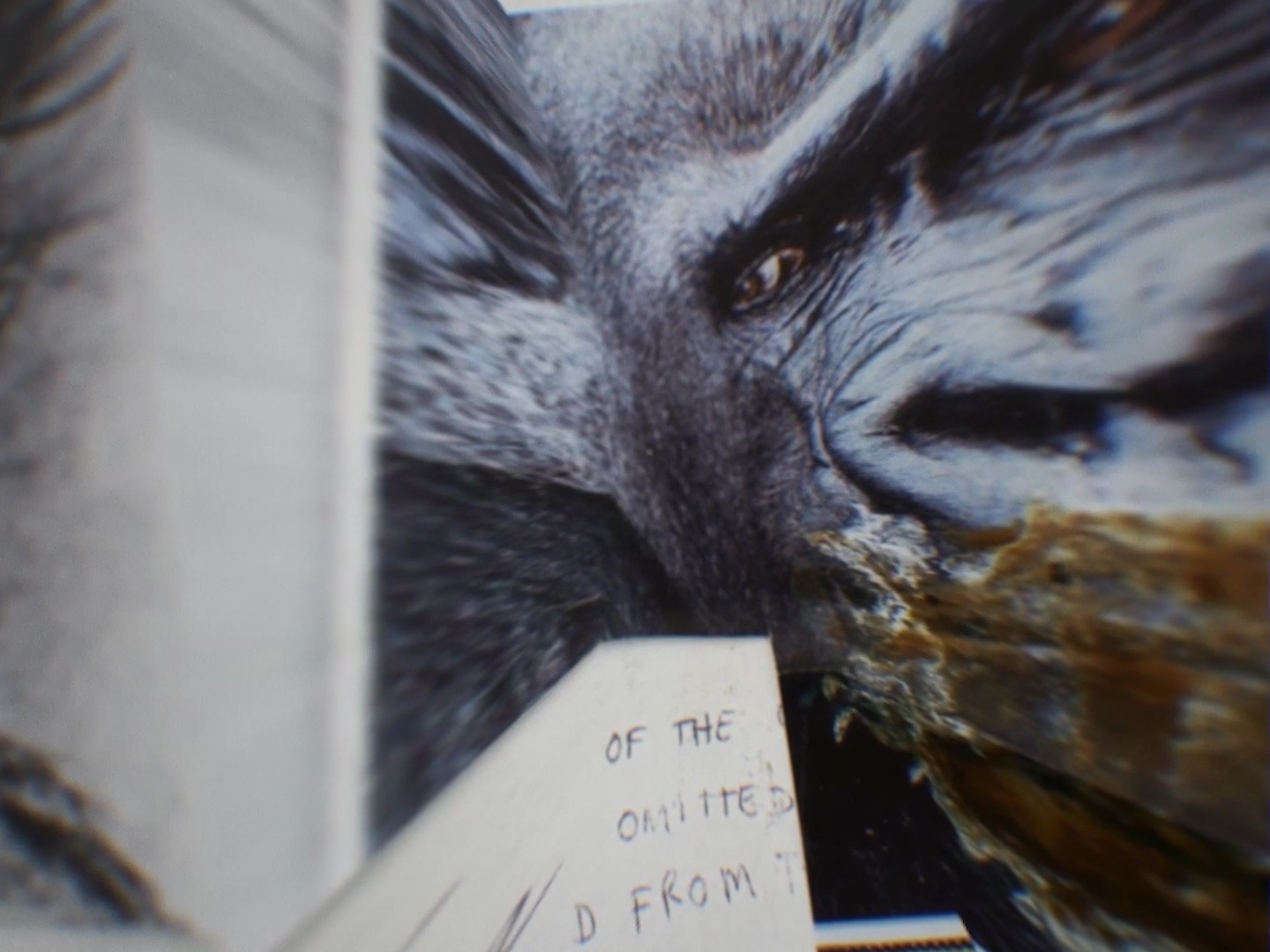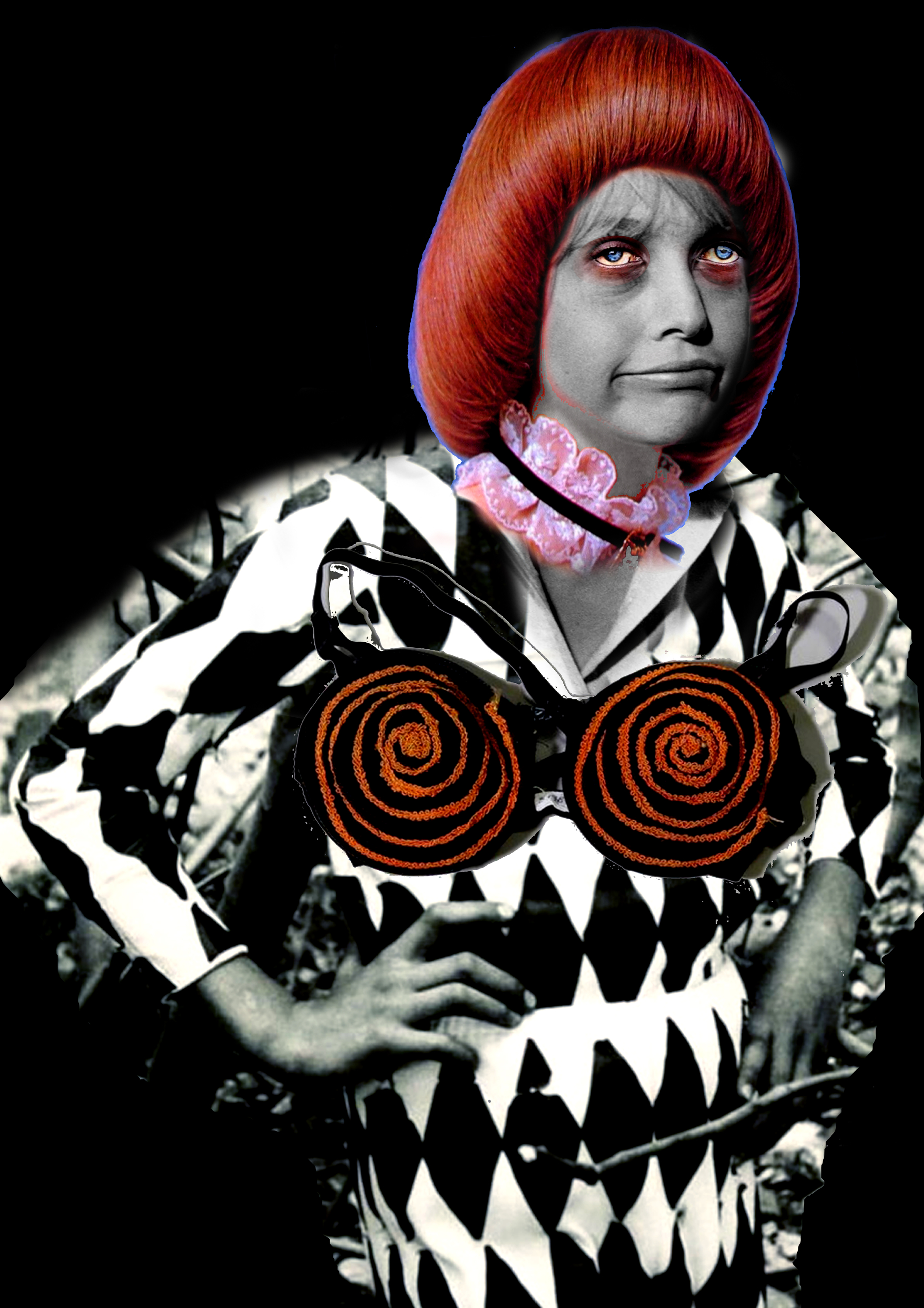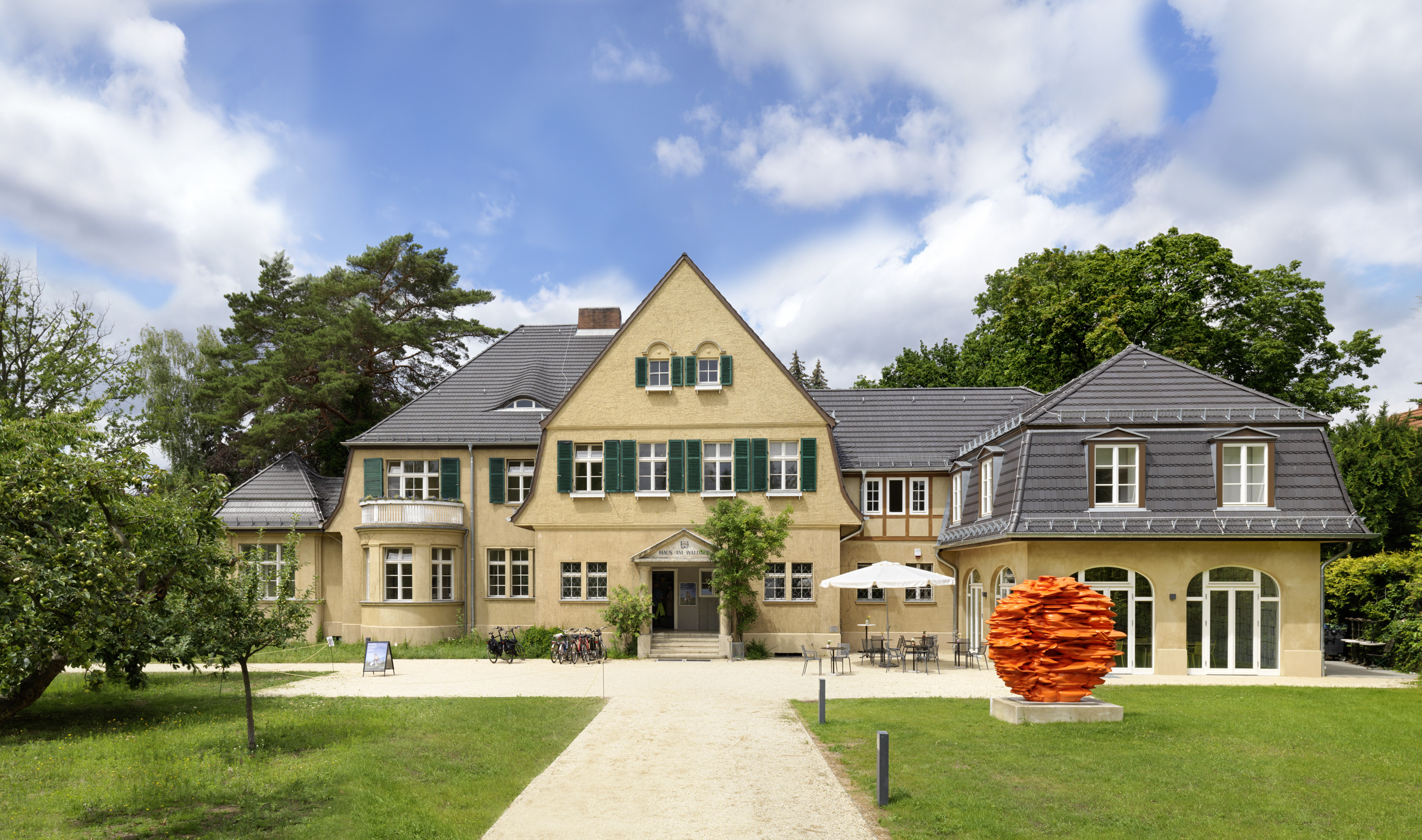Automatik
February 3–May 29, 2023
Berlin 14163
Germany
Hours: Tuesday–Sunday 11am–6pm
To be read stutteringly:
A a a a
aa aa
Autoto toto toto
Automa mama
ma matik
Automamatik
Automatik
tiktik tiktik
tiktik tiktik
—Margaret Raspé, Automatik, 1970
In the spring of 2023, Haus am Waldsee presents the first comprehensive retrospective exhibition by Berlin-based artist Margaret Raspé (b. 1933 in Wrocław). Over the past five decades, Raspé has created a significant body of artistic work in the immediate vicinity of the institution, developing an idiosyncratic artistic language that considers life and art, and their everyday conditions, in unison. With this exhibition, Haus am Waldsee tells the story of a radically local art history of global relevance, mirroring the dynamics of its own institutional history.
In addition to her acclaimed film works from the 1970s and ’80s, Raspé’s oeuvre consists of performances, photo series, sound works, and large-scale installations in both indoor and outdoor settings. The investigation of perceptual processes is central to her practice. Ephemeral approaches that respond distinctly to their environments are employed to investigate given societal structures, using lived realities as a starting point.
As early as 1971, Raspé developed the so-called “camera helmet” before these were industrially available: a construction site helmet equipped with a Super 8 camera that captures the central perspective of the artist’s gaze and enabled her to film her everyday life. The resulting films show the artist performing routine tasks, including housework, which are usually executed rather unthinkingly, or automatically. Raspé’s hands can be seen in clinical detail, whipping cream into butter in Der Sadist schlägt das eindeutig Unschuldige, 1971 (The Sadist Beats the Unquestionably Innocent), baking a cake in Backe Backe, Kuchen, 1973 (Pat-a-Cake Pat-a-Cake Baker’s Man), or washing up in Alle Tage wieder—let them swing!, 1974 (Tomorrow and Tomorrow and Tomorrow Again - Let them Swing!). Besides lending visibility to often invisible, ordinary chores, the films also bear witness to the mostly unconscious physical processes at work. These automated actions are sometimes violent in the way they transform their matter, but equally remain banal. The automatic is examined as a process that takes place between between cerebral and manual work. The body is considered as a programmable “Mensch-Maschine” (human machine) or as a “Frautomat” (female robot), to which the camera helmet acts as a prosthetic extension and enables the viewer to experience the artist’s own perspective, universally mirrored.
The exhibition at Haus am Waldsee juxtaposes Raspé’s early films with her later works, which address issues of ecology, sustainability, theories of perception, spirituality, and healing. What they each share is a search for other forms of knowledge production and the awareness that our everyday environment is imprinted in the bodies, beings, and objects that surround us. Raspé opened her house and the adjoining garden in Rhumeweg in Berlin-Zehlendorf early in her career, as a place for discursive artistic exchange. Artists, academics, authors, and activists primarily associated with the Vienna Actionists and the Wiener Gruppe as well as the Berlin Fluxus scene were closely connected to the house and regularly came together for artistic and social formats composed by Raspé.
Margaret Raspé studied painting and fashion at the Kunstakademie München and at the Hochschule für Bildende Künste, Berlin, between 1954 and 1957. In the early 1970s she developed the camera helmet and began producing camera helmet films, followed by a subjective ethnographic film about the ritual of the Greek anastenaria (fire walkers), 1978–85. Raspé’s experimental works have so far only received fragmentary institutional reception in Germany, but her films attracted international attention early on and were shown at the Anthology Film Archives, New York, and the Hayward Gallery, London, among others. Her films are part of the collections of the London Filmmakers’ Coop and the Deutsche Kinemathek, Berlin.
Curated by
Anna Gritz
Beatrice Hilke, Assistant Curator
Pia-Marie Remmers, Curatorial Assistant
Publication
The exhibition is accompanied by a catalogue designed by HIT Studio, with contributions by Karolin Meunier, Ghislaine Leung and Kari Rittenbach, among others. Published by Verlag der Buchhandlung Walther und Franz König.
Supported by
Senatsverwaltung für Kultur und Europa
Haus am Waldsee—Freunde und Förderer e.V.
In cooperation with
Deutsche Kinemathek, Berlin
Upcoming 2023
Tolia Astakhishvili
June 23–September 24, 2023
In June 2023, artist Tolia Astakhishvili (b. 1974 in Tbilisi, Georgia, lives and works in Berlin and Tbilisi) will transform the Haus in the course of an expansive solo presentation. Astakhishvili’s multimedia practice is concerned with questions of space: how it is constituted, and how it reflects lived realities. Her works follow the structures and narratives of existing buildings, conjuring up real and imaginary stories through temporary installations and alterations.
Curated by Beatrice Hilke.
The exhibition is realised in two chapters, in partnership with Bonner Kunstverein (March 25–July 30, 2023 curated by Fatima Hellberg).
Supported by
Hauptstadtkulturfonds (Capital Cultural Fund)
Haus am Waldsee—Freunde und Förderer e.V.
Bruno Pélassy and the Order of the Starfish
October 20, 2023–February 10, 2024
The Haus is pleased to present the first institutional exhibition of French artist Bruno Pélassy (b. 1966 in Vientiane, Laos, d. 2003 in Nice, France) in Germany. Significantly influenced by an early diagnosis of HIV, Pélassy’s work reflects upon the ambivalent poetics of illness and death, and the understanding of the body as a porous and erratic entity. Through formal and playful material excesses in sculpture, fashion, drawing, and film, the exhibition explores his practice as both a personal and political contention of the conventions of desire, gender, and health as well as art making. In the exhibition, Pélassy’s artistic approach will rub shoulders with selected artworks and ephemera by his contemporaries as well as artists working now.
Supported by
Haus am Waldsee—Freunde und Förderer e.V.
Parts of the exhibition are produced in collaboration with Phileas.
Nina Beier and Bob Kil
Throughout 2023
Over recent years, Nina Beier (b. 1975 in Aarhus, Denmark; lives and works in Copenhagen) and Bob Kil (b. 1975 in Seoul, South Korea; live and work in Berlin) have developed a collaborative approach that explores the performativity of objects and bodies in close traction, allowing one to inform the other. Across 2023, Beier and Kil will work with the English landscape garden of the villa as both collaborator and backdrop to develop their practice further, in public and private moments.
Supported by
Danish Arts Foundation
Press contact
Erik Günther, presse@hausamwaldsee.de / T +49 30 801 89 35
